Found – Harold Wilson’s handwritten playlist for Desert Island Discs from about 1969. In the end never appeared on the show, although his wife Mary did..Only the list remains. Bought at Hansons Auctions in May 2019 in a large sale of books, papers and objects from his estate. These included some of his pipes and a novelty HP Sauce bottle. It was in the news. No real shocks here, certainly no rock or pop and not even a crooner.. The Stanley Holloway Yorkshire Pudding piece (‘a poem in a batter’) is an amusing recitation of just less than 3 minutes that they might have played in its entirety. It is possible that the whole thing could be recreated using the actor Jason Watkins currently playing Harold Wilson in the Crown. But who would play Roy Plomley?
Huddersfield Choral Philharmonic ‘Behold I tell you a mystery..’
followed by ‘The Trumpet Shall Sound
40 Years On sung by anyone
First movement Italian Symphony
Tchaikovsky Symphony number five second side i.e. 3rd movement (part of it anyway)
Schubert Symphony (crossed out)
Radetzky March Last night of the proms or Black Dyke
I’ll see you again George Metaxa (name crossed out)
Stanley Holloway – How the first Yorkshire pudding was made
England arise the long long night is over
This is my lovely day George Metaxa and… (all crossed out)
Danny Kaye: Candy Kisses
Mine eyes have seen the glory ( Not Mormon Tabernacle Choir)
Poor wandering One: Pirates of Penzance D’Oyly Carte version
Liddel’s Abide with me Clara B.. (crossed out)
The Day thou gavest, Lord is ended
RESERVES: As time goes by and Dvorak 8th Slavonic dance


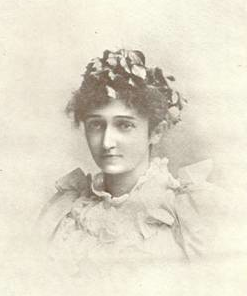 found on her lap following her suicide, aged just thirty, in December 1905. When discovered she was sitting in a comfortable chair dressed in a silk evening gown with fresh flowers in her hair. By her side was an empty bottle of phenol (carbolic acid), the poison of choice (bleach was another) for many suicides in the UK at that time, due to its availability and quick, but painful, action.
found on her lap following her suicide, aged just thirty, in December 1905. When discovered she was sitting in a comfortable chair dressed in a silk evening gown with fresh flowers in her hair. By her side was an empty bottle of phenol (carbolic acid), the poison of choice (bleach was another) for many suicides in the UK at that time, due to its availability and quick, but painful, action.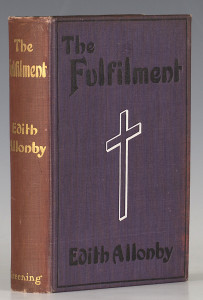
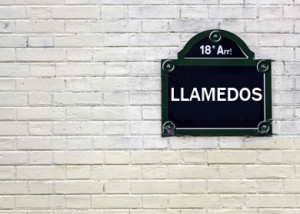
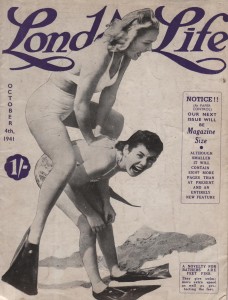

 hilarious and sometimes shocking anthology, Critics’ Gaffes (1983), come from critics who supposedly know what they’re talking about. Others are the judgements of those who haven’t a clue. Perhaps Geoffrey Grigson nailed it when he described the romantic novelist and radio presenter Melvyn Bragg as ‘a media mediocrity who couldn’t tell good literature from old gym shoes.’ Mind you, like the stopped clock which tells the right time twice a day, a few of the following verdicts have the ring of truth.
hilarious and sometimes shocking anthology, Critics’ Gaffes (1983), come from critics who supposedly know what they’re talking about. Others are the judgements of those who haven’t a clue. Perhaps Geoffrey Grigson nailed it when he described the romantic novelist and radio presenter Melvyn Bragg as ‘a media mediocrity who couldn’t tell good literature from old gym shoes.’ Mind you, like the stopped clock which tells the right time twice a day, a few of the following verdicts have the ring of truth.
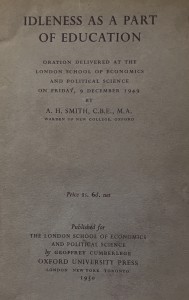 delivered at the London School of Economics in December 1949 by A.H. Smith, the warden of new College Oxford.
delivered at the London School of Economics in December 1949 by A.H. Smith, the warden of new College Oxford. 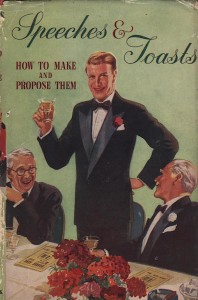

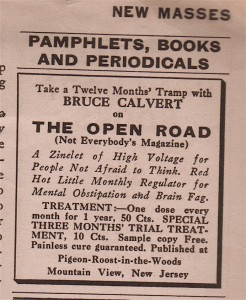

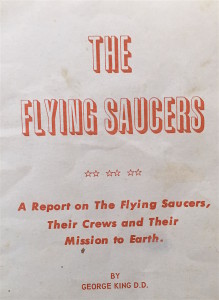
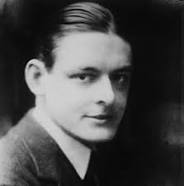 Bachelor, in digs.,wishers to meet gentlemanly fellow of refined tastes, bank clerk for instance, who wants chum. Walks, cycle rides, physical exercises, theatres etc. Friendship desired. Confidences exchanged. (X2, 372)
Bachelor, in digs.,wishers to meet gentlemanly fellow of refined tastes, bank clerk for instance, who wants chum. Walks, cycle rides, physical exercises, theatres etc. Friendship desired. Confidences exchanged. (X2, 372)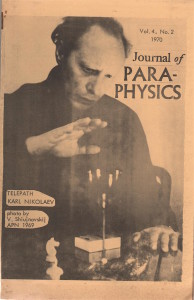
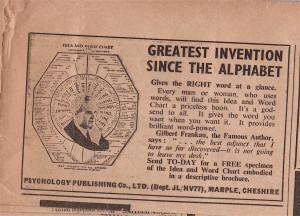
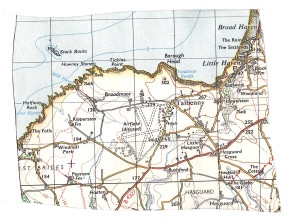
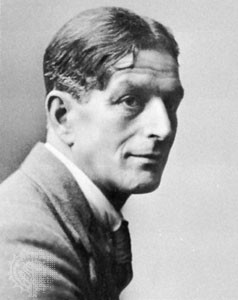
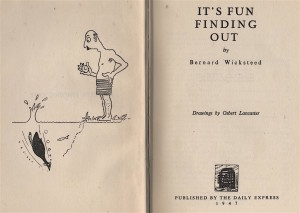
 D.L.Rolton of Ambleside, Cumbria, a fan of Haining’s The Fortune Hunter’s Guide. In ‘ gratefulness ‘ to the author for his ‘ useful and interesting ‘ book Rolton offers the following nugget of information regarding ‘ Lame Jack’s Fortune’.
D.L.Rolton of Ambleside, Cumbria, a fan of Haining’s The Fortune Hunter’s Guide. In ‘ gratefulness ‘ to the author for his ‘ useful and interesting ‘ book Rolton offers the following nugget of information regarding ‘ Lame Jack’s Fortune’.